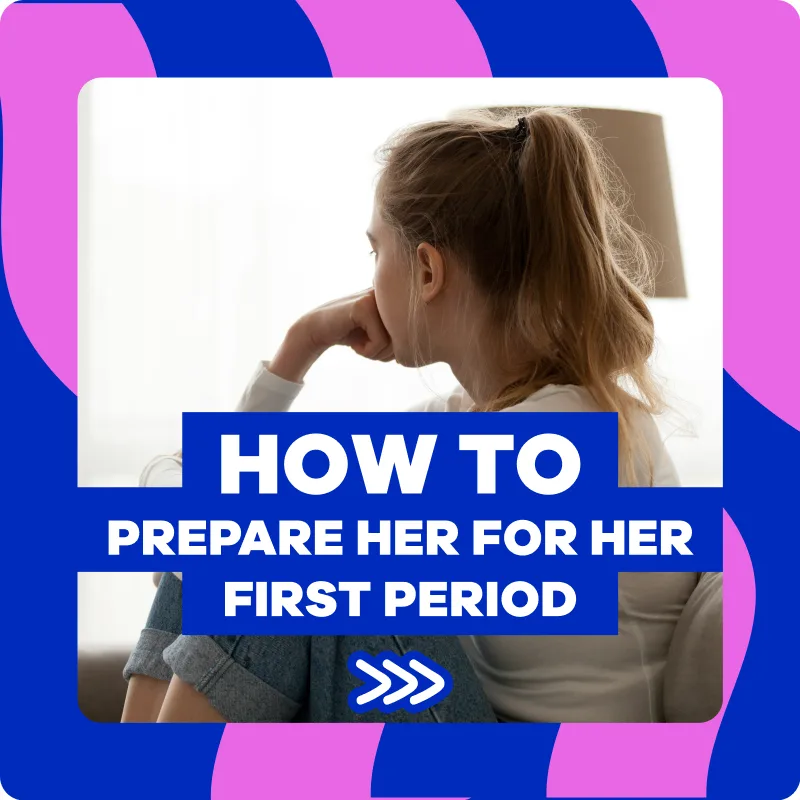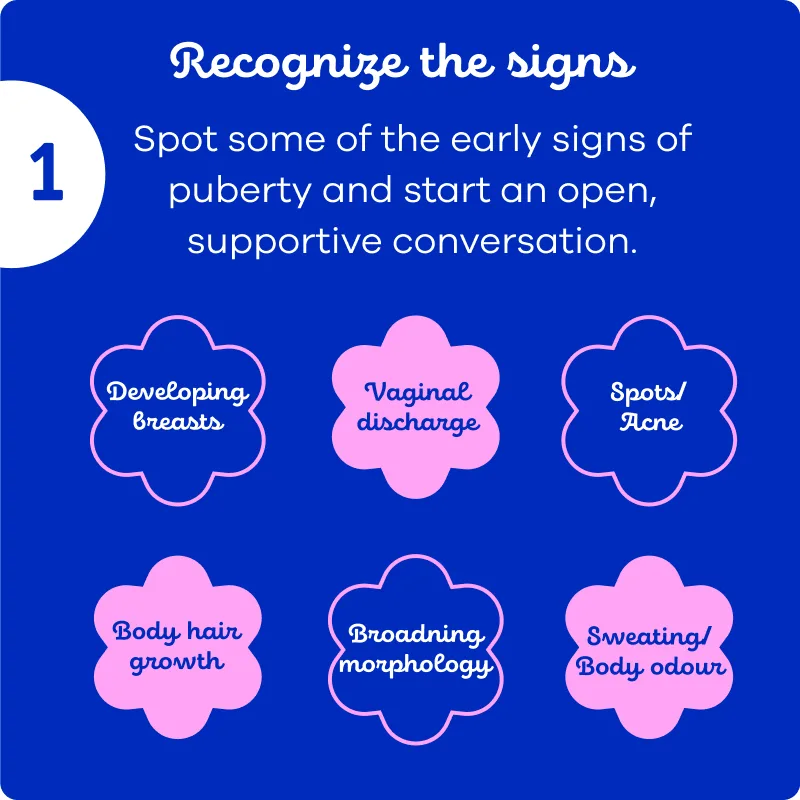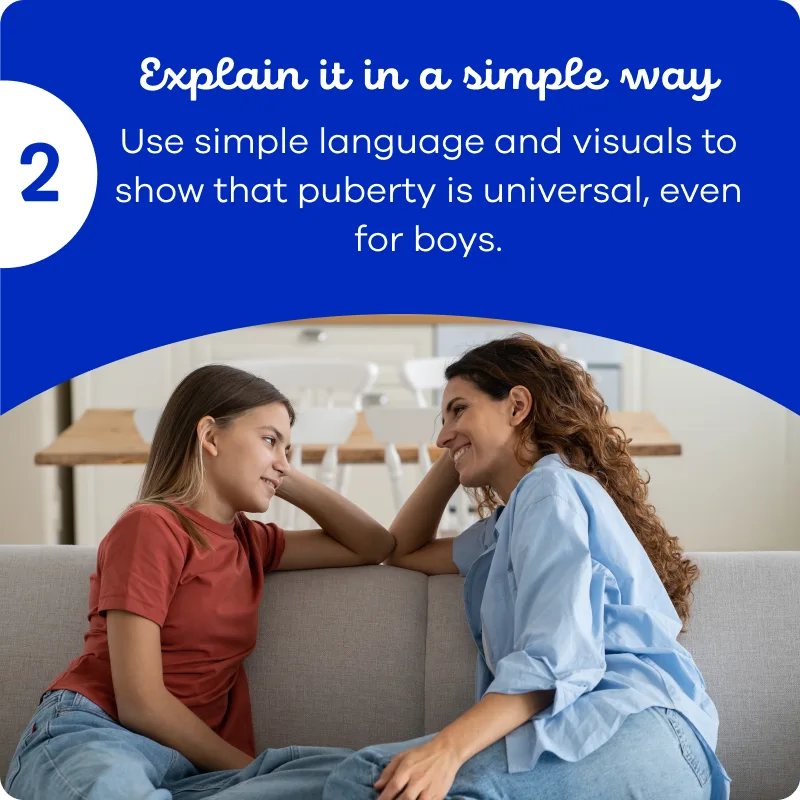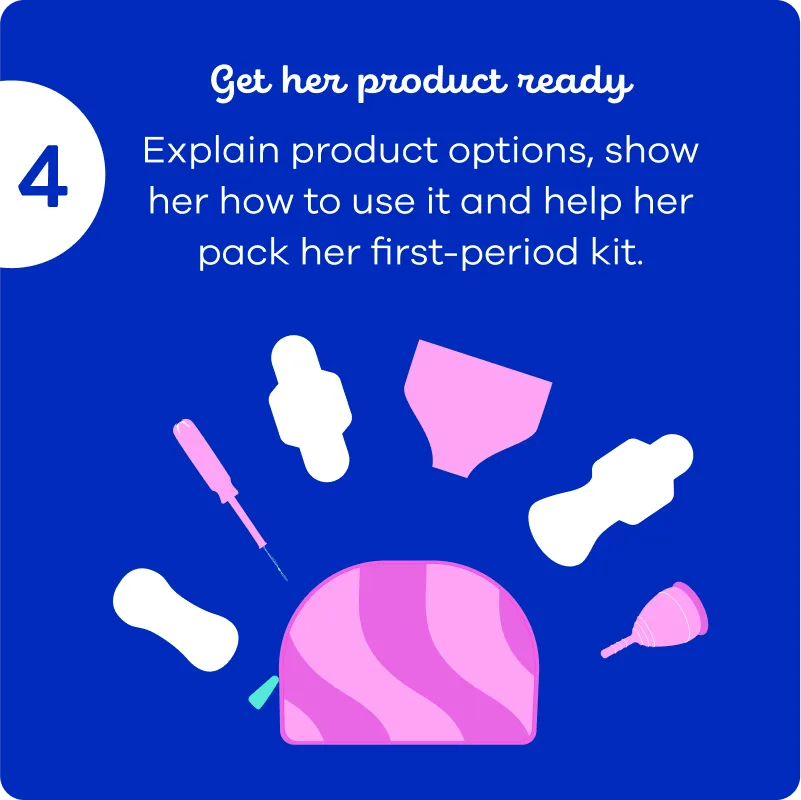Read the full article below
1. Start talking early
2. Be matter of fact
3. Use tools to help
4. Share your experiences
5. Write her a note
6. Encourage period openness
Having "The Talk"
Puberty, with its physical and emotional changes, can be a rollercoaster ride for girls, so it’s important to have honest and open conversations. How you explain puberty to your daughter will set the tone for the next few years (no pressure!).
If you think it’s time to explain puberty to your daughter and have the ‘period talk’, follow these tips.
01 Start talking early
Loading: Loading
Loading
Loading: Loading
Loading
02 Be matter of fact
Loading: Loading
Loading
03 Use tools to help
Loading: Loading
Loading
04 Share your experiences
Loading: Loading
Loading
05 Write her a note
Loading: Loading
Loading
06 Encourage period openness
Loading: Loading
Loading
Loading: Loading
Loading
Loading: Loading
Loading
Loading: Loading
Loading
Loading: Loading
Loading







